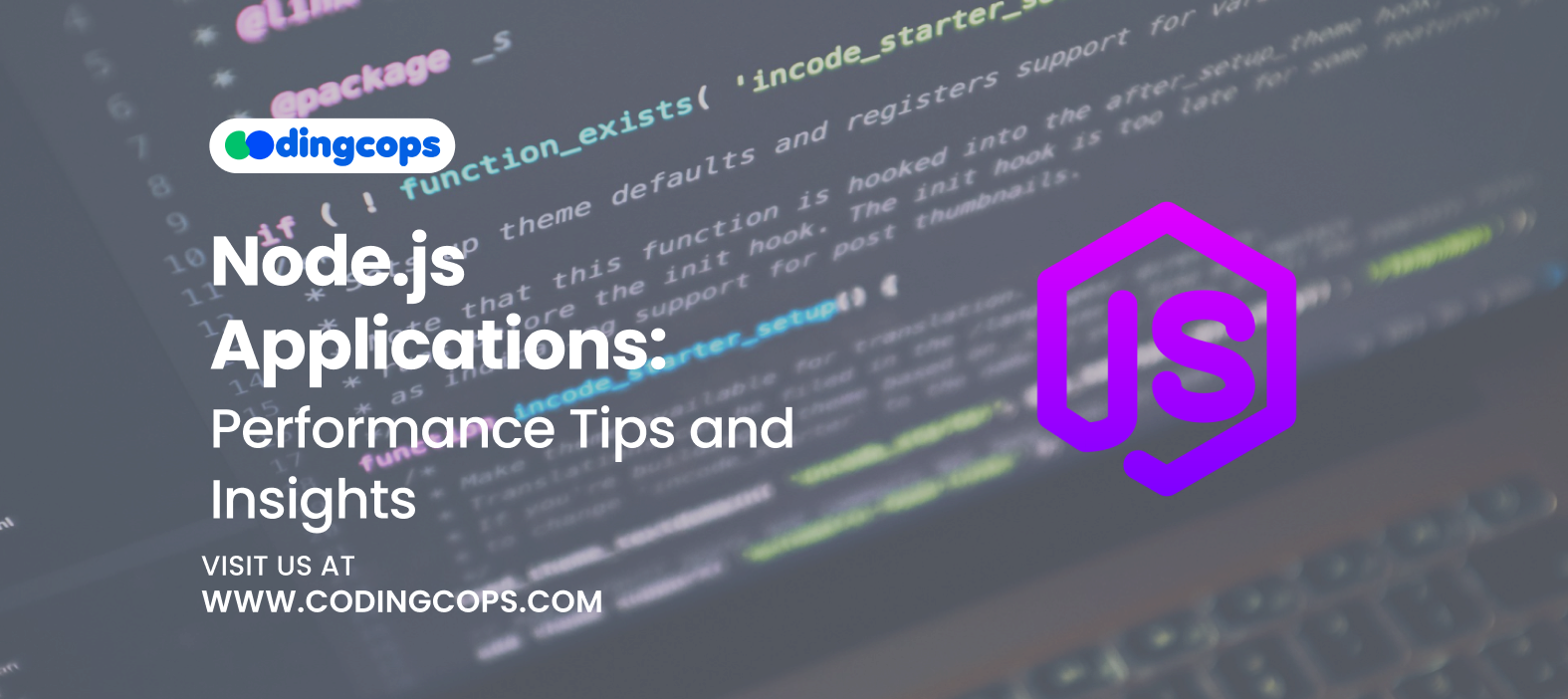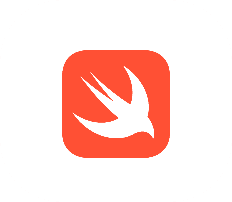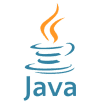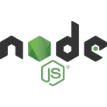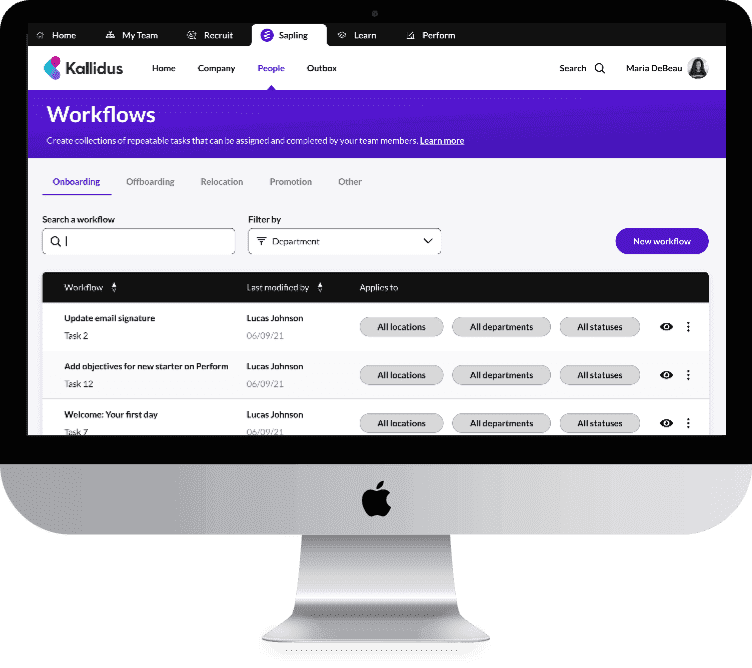Node.js has changed server-side programming by making it asynchronous and event-based. Node.js is light in runtime, it is also very efficient, scalable, and suitable for the development of today’s web applications. However, to fully realize its potential, Node.js developers require optimization of application performance.
This article focuses on sharing useful information and guidelines on how to make Node.js applications run faster and optimized for use.
Node.js – A Brief Intro

Node.js is a reliable environment that has turned into the foundation of many server-side applications. Famous for its non-synchronous, non-blocking approach, it is ideal for applications that need concurrency and scalability.
However, keeping up with the optimal performance is not natural, and it requires conscious effort and knowledge of the runtime environment.
Event-driven Architecture of Node.js
The event-driven, non-blocking I/O mechanism is the foundation of Node.js. It is lightweight and effective because of its architecture, which enables it to manage several tasks at once without establishing distinct threads for each one.
To prevent performance snags, this same paradigm necessitates cautious management of callbacks and event loops.
Moreover, in the event-driven architecture, you need to avoid blocking the event loop with heavy computations. Further, use asynchronous functions wherever possible to keep the application responsive.
Key Features of Node.js

- Single-Threaded Nature: Handles multiple connections on one thread.
- Event Loop: Central to managing asynchronous tasks.
- Non-Blocking I/O: Allows reading/writing operations without waiting.
Significance of Performance Optimization in Node.js Applications
Operational expenses, system scalability, and user experience are all directly impacted by performance optimization. Applications with poor optimization can lead to sluggish response times, irate users, and higher hosting costs.
Perks of Optimization in Node.js
- Improved user satisfaction
- Lower server load and costs
- Better scalability under heavy traffic
Key Performance Bottlenecks
Before optimizing, identify common bottlenecks:
- Blocking Code: Heavy computations or synchronous functions halt the event loop.
- Inefficient Database Queries: Poorly optimized queries lead to delays.
- Excessive Dependencies: Bloated libraries slow down execution.
- Memory Leaks: Poor resource management consumes memory unnecessarily.
Performance Optimization Tips for Node.js Applications
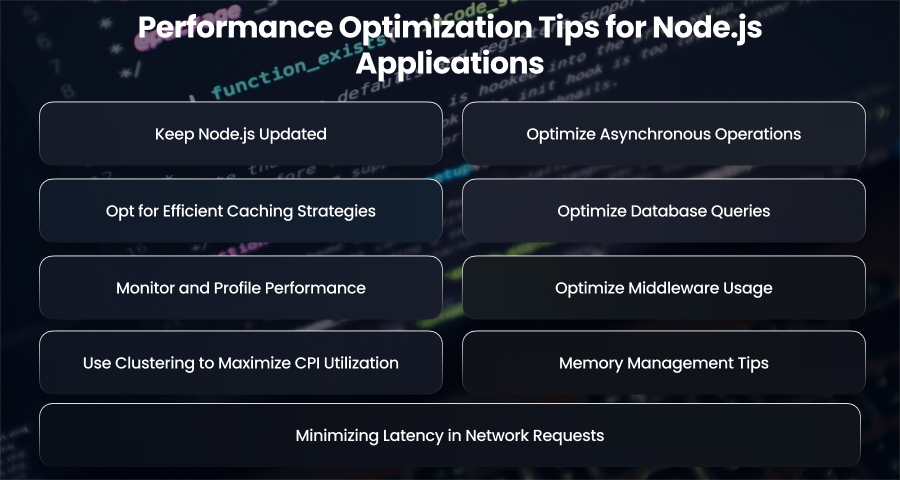
Keep Node.js Updated
Updating Node.js regularly guarantees access to the most recent features, security updates, and performance enhancements; newer versions frequently incorporate optimizations that can increase the efficiency of applications.
How to do that?
All you have to do is:
- Check the current version of Node.js by using node -v.
- Update the Node.js by using the version managers like n or nvm for the latest release.
Optimize Asynchronous Operations
Node.js excels at handling asynchronous tasks. Proper management of these operations prevents blocking the event loop, ensuring the application remains responsive.
How to do that?
- Use async/awat to make your asynchronous code more readable and maintainable.
- Avoid blocking the code by preventing methods like fs.readFileSync() in performance-critical sections.
Opt for Efficient Caching Strategies
Response times are greatly accelerated by caching frequently requested data, which eliminates the need for tedious calculations or database queries.
For implementing caching techniques in your application follow the below points:
- Utilize tools like Redis for in-memory caching.
- Implement HTTP caching by setting appropriate cache headers to enable client-side caching.
Optimize Database Queries
Inefficient database interactions can become bottlenecks. Optimizing queries ensures faster data retrieval and reduced server load.
Strategies for Optimizing Database Queries
- Utilize the indexing technique by creating indexes on commonly used queried fields for speeding the search operations.
- Enable query optimization by preventing unnecessary data fetching.
- Maintain a pool of database connections to reuse, reducing the overhead of establishing connections.
Monitor and Profile Performance
To enable proactive optimization, performance bottlenecks, and memory leaks can be found with the aid of ongoing monitoring and profiling.
Tools for monitoring and profiling
- Node.js Profiler: You can use the built-in profiler with the –inspect flag to know about CPU and memory consumption.
- APM Solutions: Use Application Performance Monitoring tools such as New Relic or Datadog to get real-time information.
- Logging: Use logging libraries such as Winston to log the application’s activity and any issues that may occur.
Optimize Middleware Usage
Excessive or poorly ordered middleware can introduce latency. Streamlining middleware ensures efficient request handling.
Recommendations for Optimizing Middleware Usage
- Load Necessary Middleware: Include middleware only when required and remove unused ones.
- Order Matters: Arrange middleware in a sequence that avoids unnecessary processing.
Use Clustering to Maximize CPI Utilization
Node.js runs on a single-threaded event loop, but clustering allows you to utilize multiple CPU cores to improve throughput.
Implementation of Cluttering
- Use the built-in cluster module to create child processes that share server ports.
- Balance the load among worker processes to avoid overloading a single process.
Minimizing Latency in Network Requests
Optimizing how your application handles external API calls can reduce latency and improve response times.
Approaches for Minimizing Latency in Network Requests
- Use HTTP/2 for faster network communication.
- Implement timeouts and retries for better error handling.
Memory Management Tips
Efficient memory usage ensures your application doesn’t crash or slow down.
Strategies for Memory Management
- Garbage Collection: Trigger manually using global.gc() in testing environments.
- Avoid Memory Leaks: Monitor variables with tools like Heapdump.
- Limit Dependencies: Minimize unused imports to reduce memory usage.
Wrapping Up
Node.js application optimization is an ongoing process. You can make sure that your application functions flawlessly, scales well, and offers a great user experience by becoming an expert in asynchronous programming, effectively managing memory, utilizing caching, and utilizing monitoring tools.

